Pastelsilver
Dilute Mutation
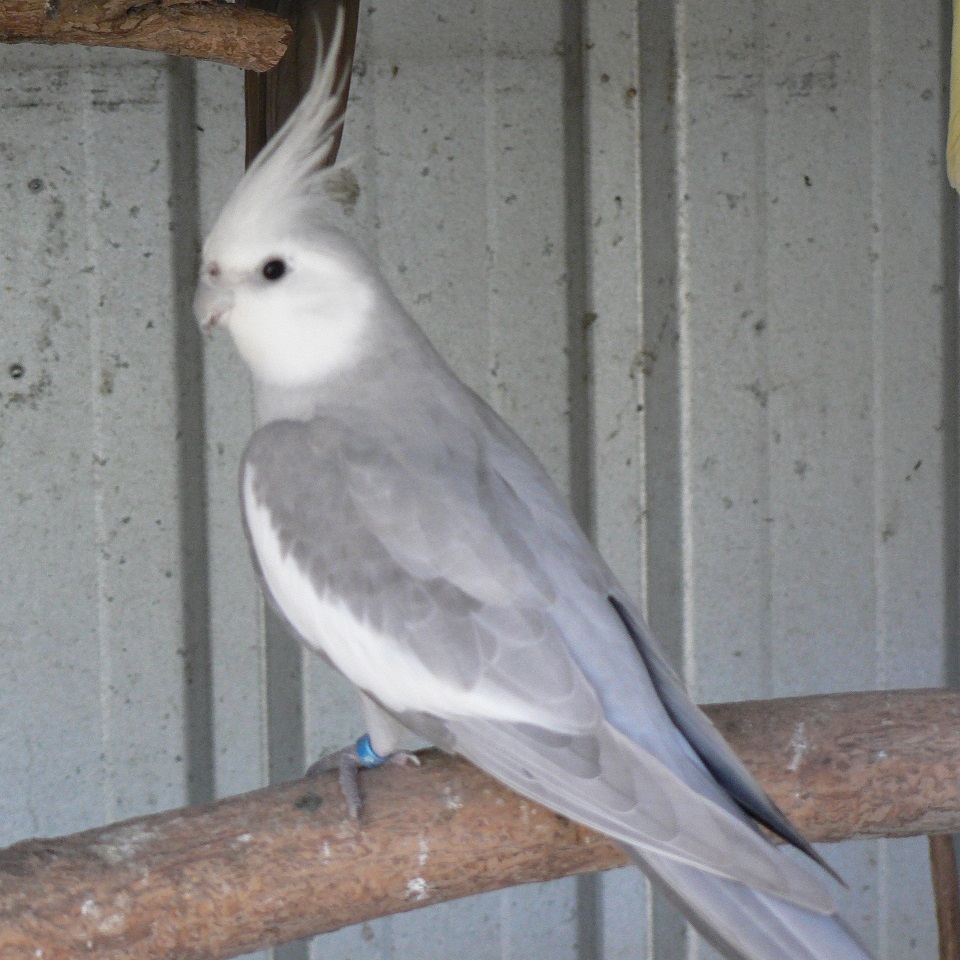
The Pastelsilver Cockatiel gene is another autosomal recessive mutation. It is known technically as a ‘Dilute mutation’ because it basically reduces the amount of grey family pigments or melanins that are produced. This effect gives a gorgeous silver colour that is stunning combined with whiteface. The beak and legs are also slightly lighter in colour than the normal grey but still remain dark as opposed to the lighter browns and pinks of cinnamons and lutinos. This mutation does not alter the level of yellow pigments on the bird at all, only the melanin. This makes it a perfect mutation to combine with those that affect the yellow family pigments like pastelface and whiteface and the pigment distribution altering mutations like pearl and pied. .
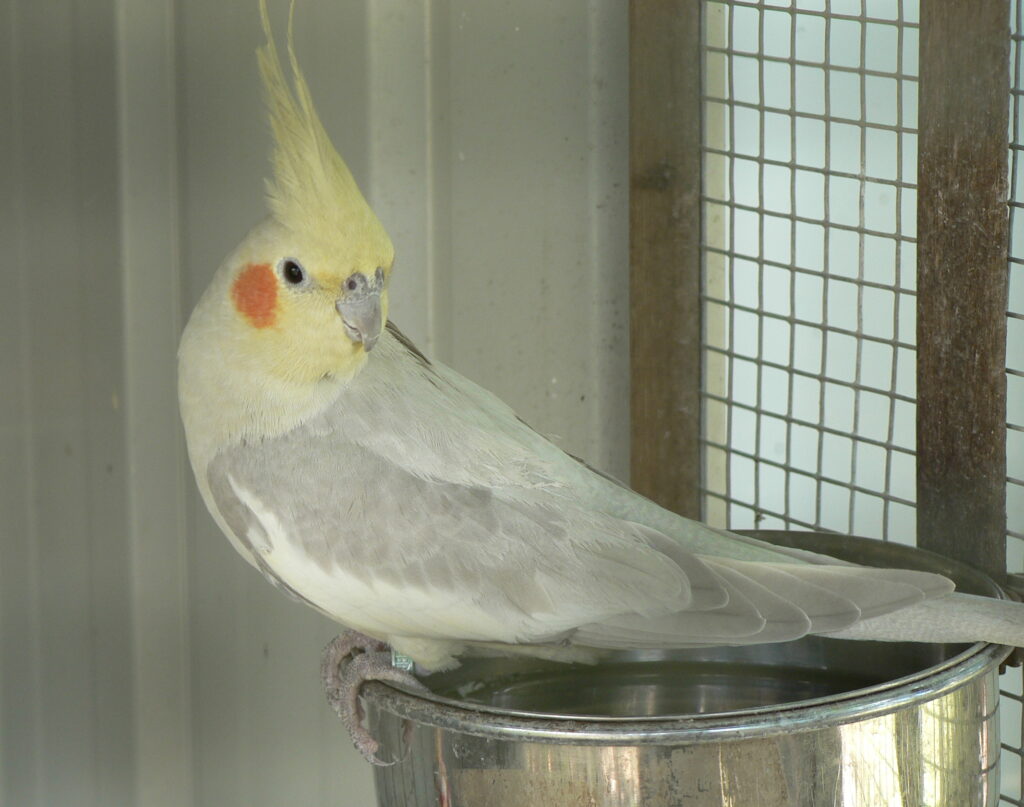
The Pastelsilver Cockatiels chicks at fledging age are a paler grey than the normal grey with dark feet and legs. On hatching the eyes are a dark plum colour, very similar to that of the cinnamon, but within a few days are dark like a normal grey. The hens colour is said to be slightly darker than the cock birds as juveniles but as the cock bird matures he gets a darker melanin overlay common in a lot of cockatiel mutations that makes him darker than the hen. The chest of the bird is a paler shade of silver than the back and tail. In non-whiteface varieties of this mutation the yellow suffusion in the chest area seems more prominent against the lighter shade of silver.
Being an Autosomal recessive mutation, the pastelsilver gene can be carried by a bird without it showing any visual signs. A cock and hen can both carry this gene and if they both pass the gene on to a chick then it will be visually pastelsilver. A bird that is this mutation must carry a gene on both of it’s chromosomes. If it only has one then the matching position on the other chromosome will carry the wild-type normal gene that will be dominant over it.
There have been no negative traits noted at this stage with the pastelsilver and the birds seem to be both fertile and willing breeders. They have combined readily with other mutations to create some beautiful specimens including pearl pastelface and whiteface. I personally favour the pastelface pastelsilver. With the combining of two genes that have a dilution effect on both the yellow pigments (psittacin) and grey pigments (melanin) the resulting bird is a masterpiece of subtlety. A totally stunning sight is the Pastelsilver Cockatiel.
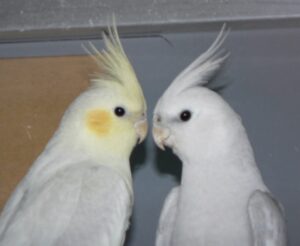
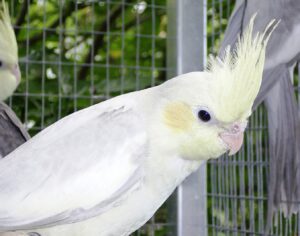
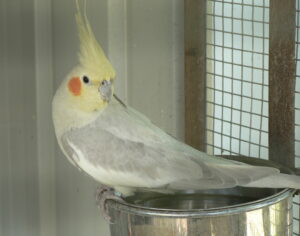
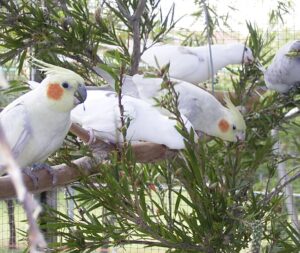
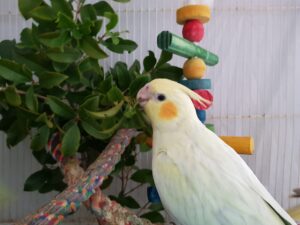
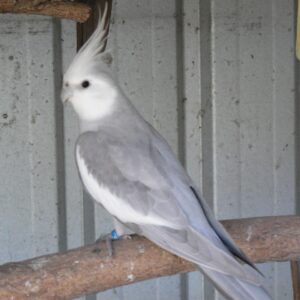
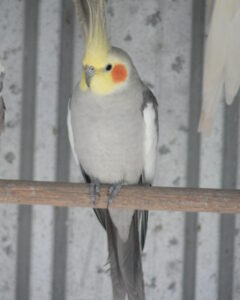
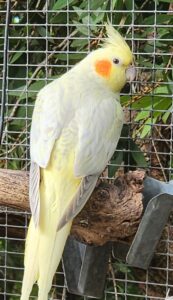
Reach Out To Us
Interested in adding a new feathered family member or learning more? Reach out to us by clicking on the button below.